Publisher Jiyu Kokuminsha is right on time with its annual release of the top 60 Japanese buzzwords. The words are listed in no set order, but aim to reflect the major trends and events that shaped 2011. A panel of judges will debate the top 10 keywords for this year and announce them on 1st December. Until then, let’s get stuck in and have a look at the Zeitgeist for the past year in bite-sized samples.
This year shows plenty of words related to the Great East Japan Earthquake that struck Japan at 2.46pm on 11th March. We also see Nadeshiko Japan – the popular women’s football team – surfacing, as well as the hit song this year ‘Marumaru, Morirmori’.
**Update: 1st December 2011**. The top 10 results have been selected by judges. They are:
#1 Nadeshiko Japan – なでしこジャパン
#2 Bonds – 絆
#3 Smartphones – スマホ
#4 Loach Cabinet – どじょう内閣
#5 Stuck-up Face – どや顔
#6 Returner Refugees – 帰宅難民
#7 Is it an echo? – こだまでしょうか
#8 11th March, 2011 – 3.11
#9 Harmful Rumours – 風評被害
#10 Love Injection – ラブ注入
**********
1. Agepo-yo (agepo yo – あげぽよ)
A word used among teenage girls to mean ‘high spirits’ or ‘a heightened feeling (of excitement)’. It originated from previously used slang terms あげ~ (age) to mean ‘lift up’ and was cutified by sticking ぽよ (po-yo) on the end. The opposite is sagepo-yo (さげぽよ), to feel down.

2. …And then just go with the flow (ato ha nagare de – あとは流れで)
A buzzword coming from professional sumo wrestling meaning ‘to let the match finish itself’. The phrase was found being used between parties who fixed games, often utilising a scenario where the wrestler would hit hard first, and then follow the agreement to let the opponent win.
3. After 4 (afuta 4 – アフター4)
After the Great East Japan Earthquake, in order to save electricity, many companies adopted daylight savings and moved the ‘standard’ work finishing time forward by one hour to 4pm. ‘After 4’, then, refers to activities after work during the period after the disaster.
4. Myth of Safety (anzen shinwa – 安全神話)
This phrase is used in reference to beliefs in the safety of a given situation, often without good reason but with strong conviction. Consequently the myth nuclear power plants were safe was shaken when the triple disaster occurred in March. (More)
5. Certain Point (ittei no medo – 一定のメド)
An extremely ambiguous expression used by Chief Cabinet Secretary Yukio Edano during the Great East Japan Earthquake. Basically amounts to a ‘fixed goal’ or ‘predetermined level’ and suggested that, while the situation was not resolved, some level of progress had been made.
6. To ‘Eda’ (edaru – エダる)
To work hard, without rest, far beyond reasonable expectations. Coined after the amazing stretch where the Chief Cabinet Secretary Yukio Edano worked for (supposedly) over 100 hours straight, responding to press conferences and the immediate dangers of the crisis following March 11th. ‘Ru’ is added to the end to make the word a verb, much like 事故る – to crash (a car) and ググる – to Google something.
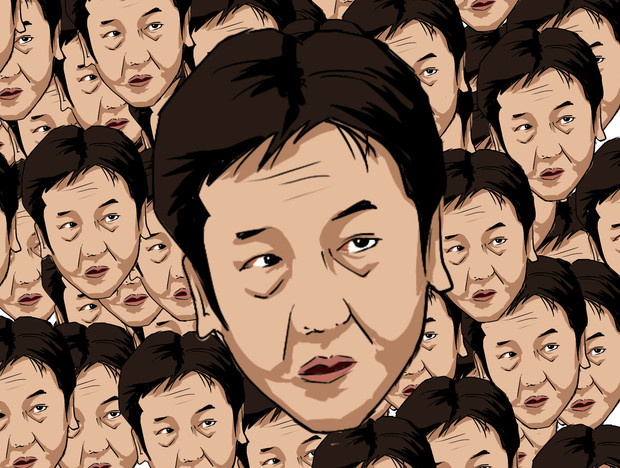
7. Ending Notebook (endingu noto – エンディングノート)
A book that became popular allowing people to write their wishes if they should happen to stumble upon misfortune, such as whether or not one would like life-support equipment to be used if they became ill, or the kinds of care they would like to receive if admitted to hospital.
8. Mr. Second-helping (okawari-kun – おかわり君)
The pet name of home-run-king Takeya Nakamura, infielder of the baseball team Saitama Seibu Lions. He admitted in an interview that his favourite word was ‘okawari’, meaning a second serving or refill when dining. The media picked it up an used it in combination with various other words, such as ‘okawari homerun’ and ‘RBI okawari’.
9. Recommended Members (oshimen – 推しメン)
Derived from ichi-oshi-member (一押しメンバー), the term is usually used in contexts related to the Hello! Project or idol group AKB48. It refers to the popular group members or ones who are being heavily plugged and supported.
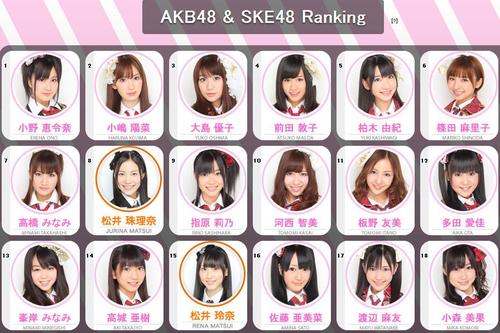
10. My Lady, are you blind? – (ojyosama no me ha fushiana de gozaimasu ka – お嬢様の目は節穴でございますか)
From the mystery novel ‘Riddles come after dinner’ about a rich, female detective and her sharp-tongued butler. The phrase 失礼ながら、お嬢様の目は節穴でございますか – With all due respect, m’lady, you must be blind’ left an impression on readers.
11. Older Sister Characters – (onekyara – おねえキャラ)
A broad-reaching category that sees men dressing up or acting as women on talk shows. Often such people will showcase their talents and knowledge of subjects usually considered the domain of women, such as jewellery, make-up, cooking, fashion and dance.
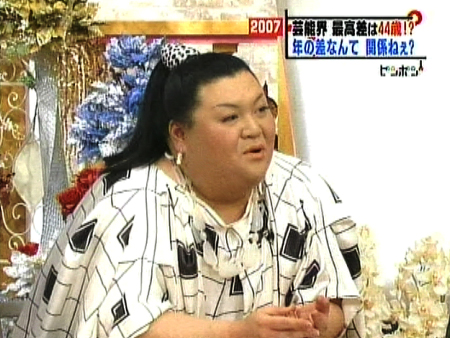
12. Rubble (gareki – 瓦礫)
The wreckage, broken stone and concrete left in the aftermath of the Great East Japan Earthquake and tsunami.
13. Ganbaro Nippon! (ganbaro nippon – がんばろう日本)
Otherwise known overseas as ‘Pray for Japan’. The phrases conveyed messages of warmth and consideration for the victims of the triple disaster in March, as well as rallying people to donate and volunteer where they could. The message also had a minor negative reception where people felt as though the words, literally ‘do your best, Japan’ did not emphasise with the feelings of the victims, instead repeatedly telling them to just stand back up and fight.
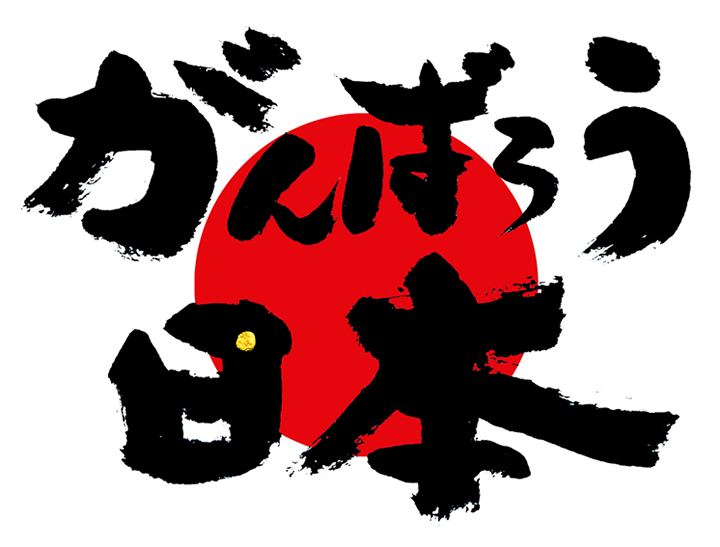
14. Bonds (kizuna – 絆)
A word that became popular alongside ‘Ganbaro Nippon’ through the efforts of volunteers and those supporting the victims of the disaster. It was also chosen by the chief abbot of Kiyomizu Temple in Kyoto as the character that best represented 2011.
15. Returner Refugees (kitaku nanmin – 帰宅難民)
People who were severely inconvenienced in returning home during the initial earthquake and disaster on March 11th. Much of the public transportation was stopped and people forced to walk long distances to reach their houses, if they were still in a liveable state at all.
16. Hey, you’re pretty cute! (kimi, kyawayui ne – 君、きゃわゆいネェ)
A trademark gag that became popular from comic duo ‘Oriental Radio’. Shingo Fujimori made the line by utilising the classic playboy stereotype (charao – チャラ男) and flashy line – ‘you’re pretty cute’ (君、かわいいね) and corrupting it further. Also lesser-known is that the line helped revive the duo, who had been seeing a drop in success beforehand.
17. Scheduled Blackouts (keikaku teiden – 計画停電)
Due to the damage caused by the Great East Japan Earthquake and subsequent tsunami, Fukushima Dai-ichi and Dai-ni Nuclear Power Stations were brought offline, as well as thermal power plants, hydroelectric stations and transformer substations. The resulting electricity shortage was managed by controlled blackouts of Tokyo and surrounding areas.
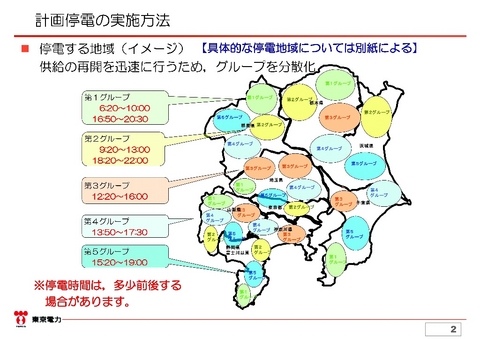
18. Nuclear Power Villages (genshiryoku mura – 原子力ムラ)
A term often used by those opposed to nuclear power to describe the non-transparent connections between businesses, industries, media, government agencies and researchers who are in collusion to promote atomic energy. The situation is likened to a village – that is, closed off to the outside world and with exclusive rights and advantages for members. (More)
19. Is it an echo? (kodama desho ka – こだまでしょうか)
The name of a children’s poem written by Misuzu Kaneko used in the AC commercial that aired over and over again following the disaster in March. It tells a seemingly baffling story that I couldn’t fathom at first, but a little hunting dug up the answer. The poem shows how young children generally repeat what they hear, or play games repeating the speaker, suggesting the words they hear influence their responses. Kind words lead to kind replies, and nasty words lead to nasty replies. The poem ends by asking: Is this an echo? and answering: ‘No, everyone (is influenced in this way)’. That is, our own words and thoughts are influenced by the things and people around us, and those words in turn influence the people around us. So let’s all think carefully about how we speak to one another.
The CM was played so much that it caused complaints, and also spawned several parodies on the internet, including one that plays on the types of bullet trains in Japan – Kodama, Hikari and Nozomi. こだまでしょうか。いいえ、のぞみです。 – Is is Kodama? No, it’s Nozomi.
20. Post-disaster (saigo – 災後)
A word emerging to refer to the period after the Great East Japan Earthquake, just like the post-WWII term sengo (戦後).
21. Renewable Energy – (saisei kano enerugi – 再生可能エネルギー)
During the crisis after the earthquake and tsunami when there were numerous problems at the Fukushima Nuclear Power Plants, renewable energy such solar, wind, hydraulic and geothermal, were once again thrown into the spotlight as safe alternatives to nuclear energy.
22. 11th March, 2011 (3.11)
The date the Great East Japan Earthquake occurred, at 2.46pm. Creepily enough, 6 months apart from 10 years after the events of 9.11.
23. Sieverts (shiberuto – シーベルト)
A unit of radiation that attempts to diagnose the effects of ionising radiation to biological tissue such as that in the human body (as opposed to a simple dose measurement). After the catastrophe at the Fukushima Daiichi Nuclear Power Plant, suddenly everyone was forced to become an expert in radiology, which led to much misunderstanding and fear-mongering by primarily foreign media sources. Particularly easy to mix up were milli-sieverts and micro-sieverts, each 1000 times smaller than the previous. (More)
1 sievert (Sv) = 1,000 millisieverts (mSv) = 1,000,000 microsieverts (μSv)
24. Self-restraint (jishuku – 自粛)
Following the earthquake, people were asked to exercise self control in a variety of ways, such as reducing electricity usage, avoiding travel, having parties or going flower-viewing. This also had the unfortunate effect of people reducing spending, slowing the economy.
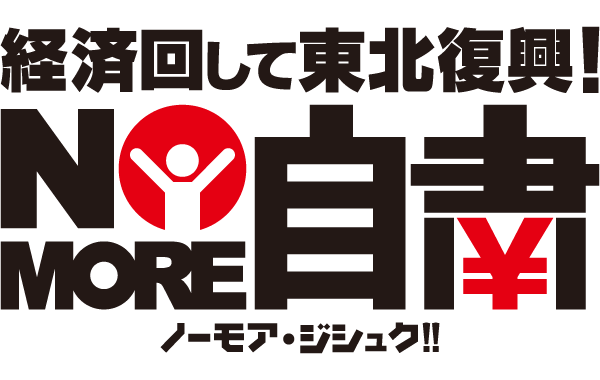
25. Jasmine Revolution (jazumin kakumei – ジャスミン革命)
Tunisa in Northern Africa saw a political upheaval this year, with the long-running dictatorship coming to an end and the president fleeing abroad. It was dubbed the Jasmine Revolution by teh western media. (More)
26. Decontamination (jyosen – 除染)
Using special chemicals, radioactive materials were removed and cleansed from buildings, facilities, machinery, clothing and other items that became contaminated through radioactive leakage form the Fukushima Daiichi Nuclear Power Plant.
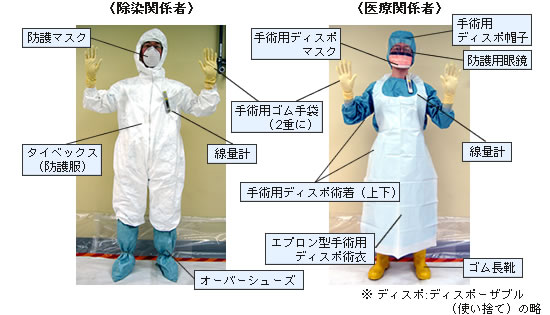
27. Smartphones (sumaho – スマホ)
Mobile phones that use an operating system that allows the user to install applications and other gadgets. The market has seen increasing amounts of these new types of handset, including the iPhone, Android OS and Windows phone.
28. Saving Energy (setsuden – 節電)
A major buzzword for this year, especially in regards to electricity consumption following the dip in supplying power due to the effects of the earthquake and tsunami. Factories and offices were hit especially hard and expected to reduce their consumption. Some companies even rescheduled production to weekends to avoid the cuts and spread the demand more evenly.
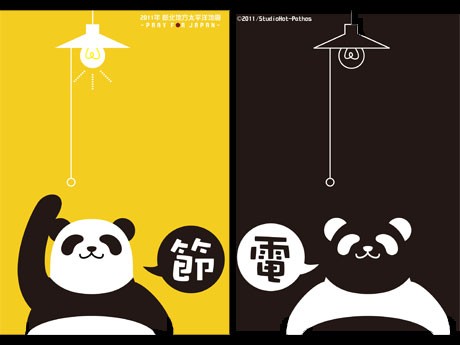
29. Not zero (zero de ha nai – ゼロではない)
Made infamous by Haruki Madarame of the Nuclear Safety Committee for the Cabinet Office. His remark that ‘the possibility is not zero’ (再臨界の可能性はゼロではない) in regards to nuclear fuel in a state of rest becoming re-active and showing nuclear fission sparked a public discussion.
30. Beyond what was expected (yosogai – 想定外)
A word repeated by many expected and politicians in regards to the aftermath of the earthquake, tsunami and nuclear crisis. The situation and damage was far beyond what was hypothesised.
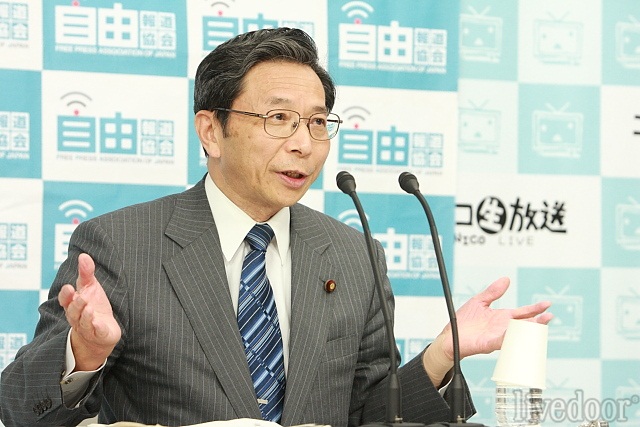
31. Social Media (sosharu media – ソーシャルメディア)
Social media platforms such as Twitter were highlighted this year, again in the days following the earthquake and tsunami. Citizens relayed useful information and points of view, creating a new layer of media to contrast that of the conservative Japanese media outlets and fear-mongering foreign media outlets.
32. Tiger Mask (taiga masuku – タイガーマスク)
Beginning in Gunma, an unidentified individual calling himself ‘Naoto Date’ sent 10 randoseru backpacks for kids to a children’s consultation centre. Following that, another donation was made by the same named individual in Kanagawa, spurring repeat events across the country. The name given was the same as that of the lead character in the manga Tiger Mask who grew up in an orphange, and so the mystery person became known.
33. Immediately (tadachi ni – ただちに)
Following the disaster in March, another word that came up repeatedly was ‘immediately’ (ただちに), often used in phrases like ‘there is no immediate risk to health’ and ‘please evacuate immediately’.
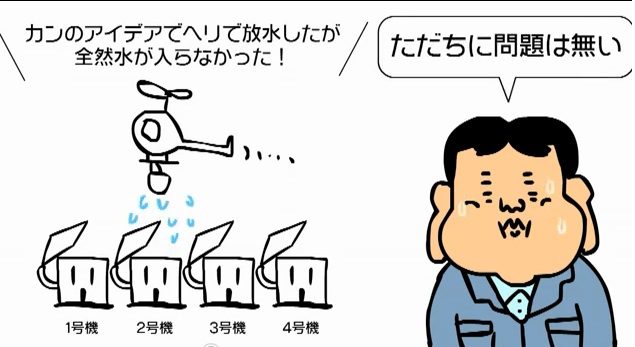
34. De-nuclearisation (datsu-genpatsu – 脱原発)
Following the disaster at Fukushima Daiichi Nuclear Power Plant, the number of voices in opposition to nuclear power rose, and calls increased for nuclear power plants to be scrapped and alternative ways to generate energy properly considered.
35. Building (tateya – 建屋)
An alternative word for a storage facility for machinery and other equipment that came into use following the crisis at Fukushima Daiichi. For example 4号機原子炉建屋 – the 4th reactor building.
36. Tablets (taburetto – タブレット)
Along with smartphones, this year tablet computers have begun to take off in Japan as thin, simple alternatives to desktop computers and laptops.
37. Digital Refugees (chideji nanmin – 地デジ難民)
With the switchover from analogue to terrestrial digital broadcasting on 24th July, many institutions and people were left with reception due to lack of preparation and knowledge. Stories of these people left behind became news, coining the new term.
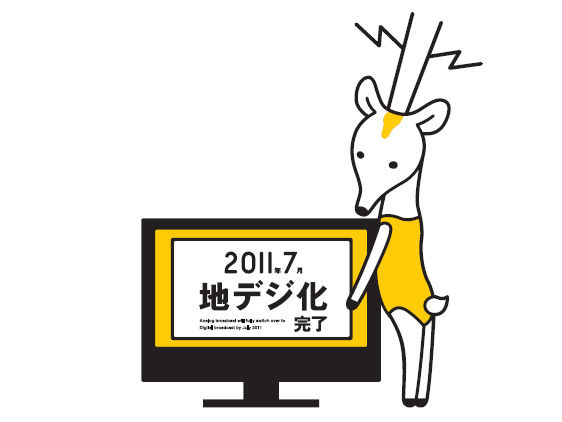
38. Ultra Strong Yen (cho-endaka – 超円高)
The Japanese yen is at its highest in the postwar period, leading to fixed prices on imports but problems for large exporters, such as automobile and electronics companies. There have also been effects on consumer spending and employment.
39. Every Man for Himself (tsunami tendenko – 津波てんでんこ)
Not quite sure how best to translate this one, but the literal meaning is ‘each for their own life’. It’s a word coming from the Sanriku region of Iwate prefecture meaning to ‘take responsibility for yourself and escape to high ground when a tsunami comes’. Tendenko means ‘each’ or ‘individual’ and it refers to an alarm warning system in place in the prefecture that teaches everyone, from children to adults, to run to high ground when they hear the alarm and not to wait for others or go back home. One particular school – Kamaishi Higashi Middle School – saw all of its students saved because each child followed this rule and looked after themselves alone. (More)

40. Tohoku Soul (tohoku tamashi – 東北魂)
The comedy duo ‘Sandwichman’, who were out shooting in Kessennuma, Miyagi prefecture when the earthquake struck promoted ‘pure Tohoku soul’ on a radio show and set up a bank account for donations to help the victims of the disaster.
41. Age-difference Wedding (toshi no sakon – 年の差婚)
Popularised by the wedding of Cha Kato, a 68 year old member of The Drifters, and 23 year old Ayana – a 45 year age difference and number larger than the age of the lady herself.
42. Loach Cabinet (dojyo naikaku – どじょう内閣)
From the 2nd September when the Noda Cabinet was formed. In a short speech, the Democratic Party’s Prime Minister Yoshihiko Noda compared himself to a loach: “I’ll never be a goldfish in a scarlet robe, but like a loach in muddy waters. I’ll work hard for the people, to move politics forward.” (More)
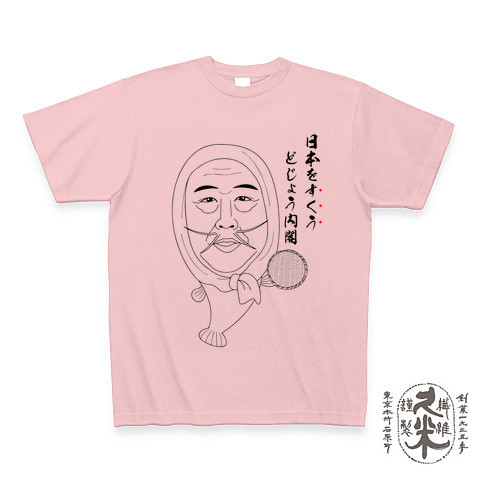
43. Operation ‘Friend’ (tomodachi sakusen – トモダチ作戦)
The code name for the operation US forces carried out in Japan following the disaster in March, within over 20,000 personnel, 20 ships, 160 planes. The forces co-operated with Japan’s Self Defence Force bringing necessary items to the disaster-stricken areas and helping rescue victims swept out to sea.
44. Stuck-up Face (doya gao – どや顔)
Popularised by Kansai comedians and celebrities, the phrase means ‘stuck-up face’ or ‘looking pleased with oneself’ in reference to a superiority complex and boastful attitude.
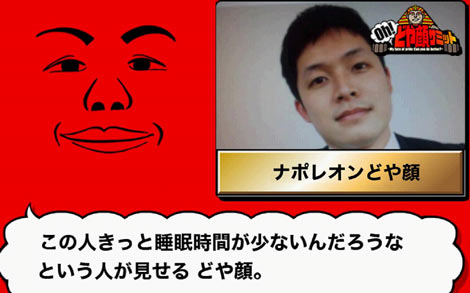
45. Internal Radiation Exposure (naibu hibaku – 内部被曝)
With the fallout from the Fukushima plant, concerns about radiation exposure and the effects of consuming contaminated food and water spread in the media. Internal radiation is generally considered more harmful due to its close proximity to internal organs, although dosage and effects vary depending on the type of radiation and type of tissue.
46. Nadeshiko Japan (nadeshiko jyapan – なでしこジャパン)
The National Women’s Football Team in Japan, otherwise known as ‘Nadeshiko Japan’. They achieved fame for their victory in the FIFA 2011 Women’s World Cup over America, and are now featured in the media fairly often, following the player’s activities and the coach’s technique.
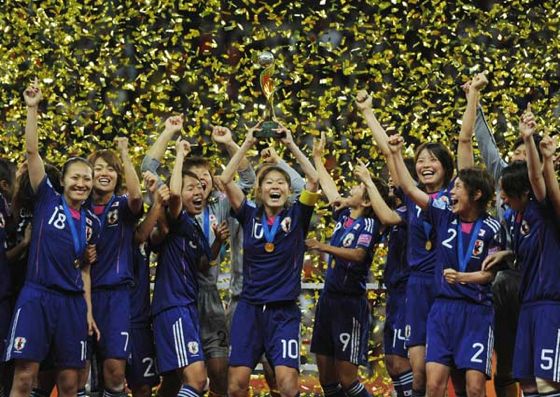
47. No Sides (no-saido – ノーサイド)
Referring to the rugby term at the end of a match where, after the whistle is blown, no-one is an enemy. Prime Minister Noda called for a no-side within the Democratic Party of Japan in response to in-party squabbling.
48. Jogging Beauty (bi-jyoga – 美ジョガー)
A combination of beautiful woman (bijo – 美女) and jogger (ジョッガー) to describe beautiful girls who like to run.
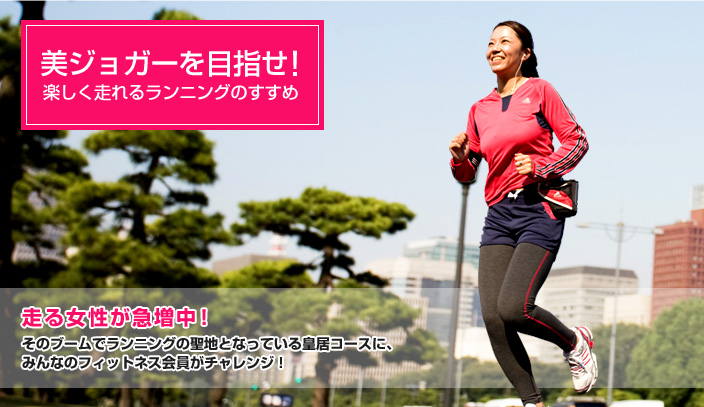
49. Harmful Rumours (fuhyo higai – 風評被害)
Economic damage done due to harmful rumours and information. After the radioactive leaks from the Fukushima power plant, many agricultural facilities had to undergo inspections and food products thoroughly tested for contamination. Because of the fear of radiation and contaminated products, many businesses suffered due to lack of sales and negative press, affecting areas such as tourism.
50. Fukushima 50 (fukushima 50 – フクシマ50)
A term created by foreign media labelling 50 or so workers who remained at the nuclear power plant in Fukushima even after the explosions and radiation leaks. In reality, the number was more than 50 individual people, but the term itself became viral.
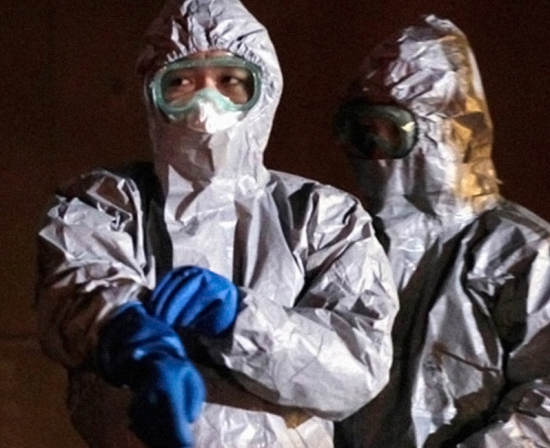
51. Recovery (fukko – 復興)
The road to recovery in Japan is a long and arduous one, and this has been taken up by the media and government as the immediate effects of the disaster fade and focus shifts to rebuilding the disaster-stricken areas.
52. Heisei-era Opening of Japan (heisei no kaikoku – 平成の開国)
Ex-Prime Minster Naoto Kan’s slogan leading into 2011, parallel to the 1853 opening of Japan to foreign trade and travel.
53. Radiation Dose (hoshasenryo – 放射線量)
The amount of radiation scattered in an area, or dosage of radiation. The number of people keen to know precise figures has naturally shot up with the events of March, and people are even taking matters into their own hands and taking measurements themselves.
54. Hotspots (hottosupotto – ホットスポット)
Specific areas where radioactive material has collected (such as gutters collecting radioactive rainwater) such that the radioactive dose is higher than the surrounding environment and background radiation. Sometimes these hotspots have been determined to have been caused by materials unrelated to the leaks from the Fukushima plant, but were detected because of raised awareness and concern.
55. Po-po-po-pon (popopopon – ぽぽぽぽーん)
A lyric from a public service announcement released by the public corporation ‘Advertising Council Japan’ (AC). The song is entitled ‘The Magic of Greetings’ and the message: ‘When you greet people properly, you make friends.’ (More)
56. Trembling with Anger (manshin no ikari – 満身の怒り)
A phrase that became popular from a Youtube video going viral. It showed Tatsuhiko Kodama, head of the Radioisotope Center at the University of Tokyo, appeared as a witness to give testimony to the Committee on Welfare and Labour in Japan’s Lower House in the Diet. He expressed that he was ‘shaking with anger’ at the government’s response to the nuclear crisis and inspection of contaminated food. His remark is at 5.49 in the video below.
57. Marumaru, Morimori (marumaru, morimori – マルマル、モリモリ)
Hit t.v. theme song to the drama ‘Marumo no okite’ – ‘Marumo’s Rule’. After airing, Fuji TV was flooded with calls enquiring about the song, which led to its release. The video below stars child actor Fuku Suzuki and child actress Mana Ashida and the song is by Kaoru to Tomoki, Tamani Mook (薫と友樹、たまにムック). The single debuted on the Oricon chart in 3rd position, making the band the youngest to make the top 10. Maru-maru means ‘healthily (plump)’ and mori-mori means ‘with a voracious appetite (for eating, studying and living – etc.)’ The song is surprisingly addictive! (More)
58. Let us show you the deep strength in baseball (misemasho yakkyu no sokojikara wo – 見せましょう野球の底力を)
A phrase from a speech made by Motohiro Shima, baseball player for the Tohoku Rakuten Golden Eagles. Players of the baseball world were struggling with their commitments to the game and schedules, and being unable to return to disaster-stricken areas when the disaster struck. Shima’s speech resounded with fans and echoed the player’s feelings and commitment to help the recovery efforts through baseball.
59. Meltdown (merutodaun – メルトダウン)
Fuel rods inside the nuclear reactor superheating and melting, resulting in the release of harmful radioactive substances. In the case of Fukushima, fuel rods heated up to an extremely high temperature, falling to the bottom of the pressure containment vessel. The vessel was damage and radioactively contaminated water leaked out. (More)
60. Love Injection (rabu chunyu – ラブ注入)
A gag from comedian ‘Tanoshingo’, saying ‘love – injection!’ while making a heart shape with his hands.
Sources: Hatena Keyword, Ryukogo et al.
What words do you think will be picked for the top 10?









So that’s what the こだまでしょうか thing was! That one had me confused for the longest. I thought I had figured it out but this makes way more sense. お疲れさまです!
By the way, the novel about the heiress and her butler is called 「謎解きはディナーのあとで」, referring to how the butler Kageyama always helps the heiress figure out whodunnit in the evening when she comes home from work, so maybe “The Solution Comes After Dinner” would be a better translation? I don’t remember if it was this explicit in the novel (I only read a few of the stories), but in the drama, Kageyama always tells her everything, but right when he’s about to get to the solution, he stops, gives Houshou her dinner, and tells her 「謎解きはディナーのあとで」. And they cut to commercials, LOL.
I hope Tiger Mask stays relevant and becomes more popular with the live-action movie coming out next year.